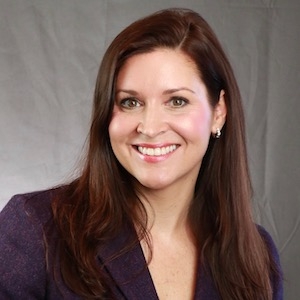You Should Reconsider What You Think About Creative People in Leadership
Though “creativity” is almost always included on lists of mandatory qualities of good leaders, creative people or “creatives” are rarely seen as the leader type.
Instead, creatives are revered for their originality, their resourcefulness, and their spirit. But to be successful, creatives need to be perceived as more proactive, risk-taking, problem-solving, and communicative which are the perceived traits assigned to leaders.
Why Creative Types Aren’t Often Leaders
In a study from the University of Pennsylvania’s Wharton School, researchers asked workers and students rate their peers’ potential for creativity and leadership. Neither group rated the most creative people among the most likely to become leaders.
Yet, the most popular stories of leadership focus on those with ingenuity. We love to hear tales of CEOs and politicians who solve problems not with determined effort or underhanded maneuvering but rather with imagination and resourcefulness. There are few people more inspirational than those with innovative ideas who change the course of an entire industry. Why do we collect stories of creative leaders while ruing the idea of being led by them?
The researchers of the Wharton study, psychologists Jennifer Mueller, Jack Goncalo, and Dishan Kamdar, have discovered that leaders are often expected to uphold structure and order within an organization, while creative types tend to think laterally, outside typical paths and boundaries. Additionally, creatives are often depicted as isolated or at least introverted, but leaders necessarily must be comfortable with near-constant interactions. Further research refutes these suppositions. Most notably, a Wharton study by Adam Grant discovered that introverted leaders outperform extroverted ones, disproving the conception that a leader must be gregarious to be productive.
In another study led by Jennifer Mueller, participants consciously argued for the power of creative ideas, asserting that they want more creativity in leadership, but subconsciously, those same participants rejected more creative concepts when exposed to uncertain situations. It seems that we are primed to deny creative leadership, even despite evidence of its potential.
How Creatives Use Leadership Skills
Creative people and leaders share some traits and behaviors in common:
- Leaders and creatives communicate well. Creative types imagine original concepts and they must be able to explain their ideas clearly and effectively.
- Leaders and creatives are enterprising and dynamic. Creatives must often pursue their ideas on their own, forcing them to become self-motivated and driven.
- Leaders and creatives solve problems. No novel idea emerges fully formed from a creative’s mind. Instead, creatives must tinker with their designs before they are viable.
- Leaders and creatives take risks. Coming up with something new is inherently riskier than following the old way. Creatives must be willing to make leaps of faith, or else they fail to earn the label “creative.”
Given that creatives innately boast the most important qualities of leaders, it seems obvious that creatives would be good in leadership positions. The stereotype of creatives types is not the same stereotype of traditional leader types. This is just a stereotype but one that remains in place for now. One way to prepare oneself for business positions, regardless of one’s past work experience or identity as a creative person, is to continue to be creative while learning traditional business skills. By doing an MBA online, or in-person creatives can hone their leadership skills and gain new knowledge that is useful in guiding teams of workers. Even more importantly, advanced credentials almost guarantee management positions, ensuring creative types access to entry-level leadership roles. Just as the theory goes more women in leadership positions increases the likelihood of female-friendly workplaces, more creatives in leadership positions could help to build businesses that are friendly to creative thinking.
Disclaimer: The opinions and views of Guest contributors are not necessarily those of theglasshammer.com











